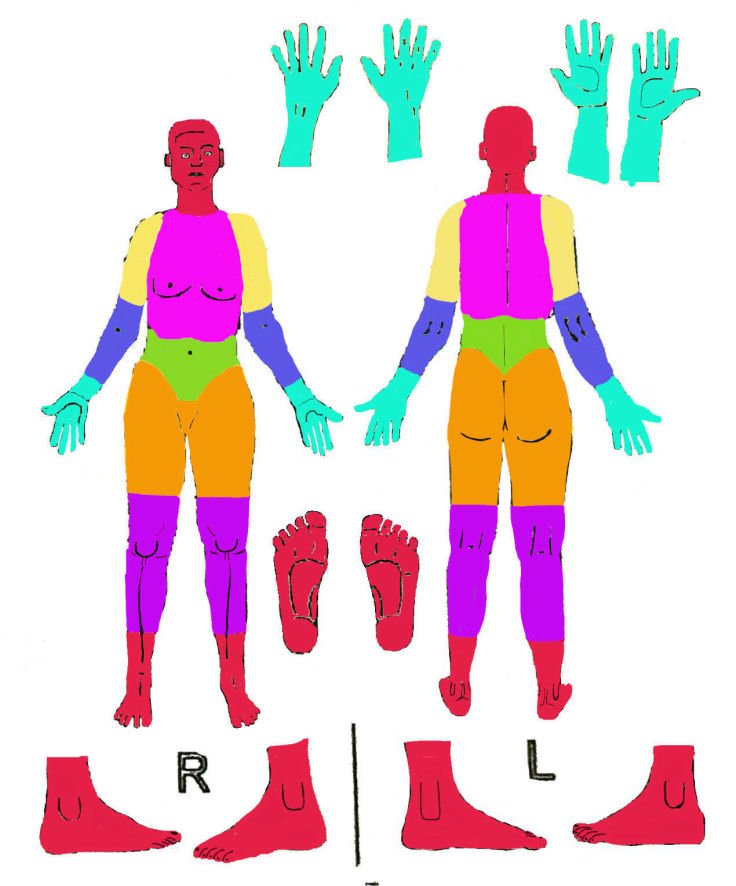
Measure Pain
Measure your pain before you take any pain medications or 2 hours after you last took medications.
The severity of pain can be measured on a pain scale of 0 to 10.
A person with a pain of:
10 may go unconscious,
9 may scream but not be able to speak more than single words;
8 groaning, unable to move the part;
7 distressed by the pain, moving, not able to do tasks;
6 very distracted by the pain, able to do habitual tasks;
5 aware of and distracted by pain, only able to do light tasks with difficulty;
4 aware of pain, a little distracted, able to do all light tasks, unable to do heavy or fast tasks;
3 aware of mild pain, not distracted, able to do most functional and work tasks to 50% full speed and strength;
2 aware of mild pain, able to do all tasks with to 75% or more in speed and strength;
1 a vague sense of pain, able to do all functional tasks at 90 - 100% of full speed and strength.